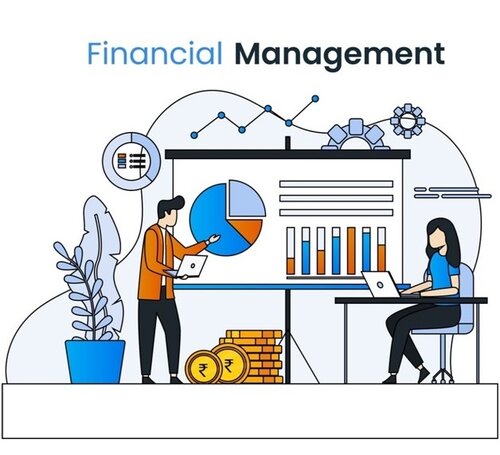Amid the talk of digitisation being a great leveller and how the internet has democratised the pathway to a better life, it’s easy to conjure a picture of equal opportunity in an inherently inclusive society. As many of us know, although there has been progress, the reality is far from this vision. Financial literacy is a crucial part of the puzzle. While UPI, pay later, and digital banking are second nature to urban Indians, the rural story bears stark contrast.
Financial inclusion in its most basic form, access to a bank account, has seen significant strides in the recent past, with a 27% increase in India’s financially included population from 2014 to 2018 (54% to 81%). On the other hand, financial literacy consists of the ability to comprehend banking structures, seek credit, use the right tools, make better decisions, and remains a work in progress. A comprehensive and long-term solution should improve financial inclusion and financial literacy, enabling millions of Indians to access credit, build savings, and harbour hope for the future.
Smartphones, vehicles of unified progress in perhaps the most fragmented and diverse country in the world, remain a valuable tool for financial inclusion. A large segment of rural India remains sceptical about anything digital. Still, it has adopted smartphones rather willingly, given the ability of these devices to provide entertainment, information, and connection relatively cheaply. However, from a digital financial perspective, this also adds to the effort behind financial literacy, requiring providers to first educate users about financial tools and transactions before familiarising them with their digitalisation. A few other trends exacerbate the problem.
With rural youth moving to urban areas searching for better opportunity, those left behind rarely have access to means of development. We do not expect women and children in these regions to understand net banking or similar offerings, furthering people’s reservations about these seemingly alien ideas. Also, several people living in rural areas are often daily wage earners living in poor conditions without access to the technology that we so often take for granted. They can feel intimidated by the learning curve required to navigate financial infrastructure easily, further hindering their chances of better financial literacy.
To understand financial literacy better, it helps to think of it in four core areas – budgeting, debt, investing and saving. Most people who live off a salary will typically interact with each area in different but unavoidable ways. An inability to understand any of them can cause substantial problems, even if they earn a sizable salary. Now, consider the case of the rural populace where income is rarely enough for basic needs, much less for wants and future goals. The result is tremendous pressure on making every rupee and every decision count. A lack of financial literacy keeps these people where they are and cannot arrest a gradual slide into despair. More importantly, it leaves millions of Indians to live a life of poverty, hopelessness, and desperation, with no recourse to a better life. Neglecting the importance of financial literacy for people across the spectrum is, therefore, easily, an indictment of our collective humanity. It is impossible to overstate the importance of a stable economy primed for growth. When you consider that 65% of the country’s population lives in rural areas, it’s easy to see that the future of the economy, and the nation, is closely intertwined with its capacity for equitable progress.
At IndiVillage, through conversations with employees and surveys, we have completed assessing our employees’ financial literacy, needs, and plans for the future. We also understand their sources for credit, typical loan amounts, terms, and reasons for debt. Armed with this information, we are rolling out a series of learning initiatives for the youth in our impact centres and developing credit and insurance options in partnership with the country’s leading banks. Where ignorance is high, so is the capacity for misinformation, and that is a problem we are looking to address through our finance-focused employee engagement programs.
Other organisations can contribute in similar ways, identifying the percentage of rural employees in their labour force and devising unique, targeted solutions to drive financial literacy in this segment. Given the magnitude of the task, the responsibility cannot be placed on the government alone, making this a collective mandate to promote equality and eradicate financial illiteracy. With greater financial literacy in our rural populace, the idea of financial stability as a nation can gradually shift from being a fantasy to a world within our grasp.



